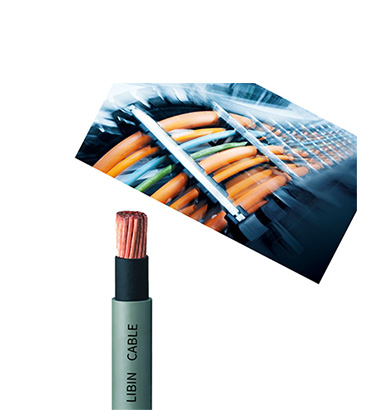drag chain cables, also known as cable carrier cables or energy chain cables, are specially engineered to withstand continuous motion inside drag chains. They are widely used in automation systems, robotics, CNC machinery, and heavy industrial equipment where cables are exposed to dynamic stresses such as bending, flexing, and abrasion.
This guide provides a professional overview of drag chain cables, covering maintenance frequency, operational tips, technical support, and storage conditions. Whether you are an engineer, purchasing manager, or machine operator, this article offers valuable insights into choosing, maintaining, and optimizing drag chain cables for long-term performance.
Unlike standard cables, drag chain cables are designed with:
High Flexibility: To endure millions of bending cycles.
Durable Jacket Materials: Resistant to oil, chemicals, and mechanical wear.
Stable Signal Transmission: Critical for automation and robotics.
Extended Lifespan: Reduced downtime and maintenance costs.
These features make them indispensable in modern manufacturing environments.
Regular maintenance ensures reliable operation and prevents unexpected breakdowns.
| Maintenance Task | Recommended Frequency | Notes |
|---|---|---|
| Visual inspection of cables & chains | Weekly | Check for cracks, cuts, abrasions, or abnormal bends. |
| Cleaning dust, oil, and debris | Bi-weekly | Use dry cloth or recommended cleaning agents. |
| Check cable movement inside chain | Monthly | Ensure cables run smoothly without twisting or jamming. |
| Lubrication of chain links (if metal) | Every 3 months | Follow manufacturer’s lubrication instructions. |
| Electrical performance test | Every 6 months | Test continuity, insulation resistance, and signal quality. |
| Replacement of damaged sections | As needed | Replace worn or defective cables immediately to avoid costly downtime. |
Tip: Maintenance intervals may vary depending on usage intensity, environmental conditions, and machine cycle rates.
To maximize efficiency and lifespan, consider the following guidelines:
Ensure proper laying of cables inside the drag chain without crossing or twisting.
Maintain minimum bending radius as recommended by the manufacturer.
Use separators if multiple cables or hoses are routed together.
Avoid overfilling the cable carrier.
Keep weight evenly distributed to prevent premature wear.
For dusty environments: choose cables with abrasion-resistant jackets.
For chemical exposure: select cables with oil and chemical resistance.
For outdoor use: UV-resistant and weatherproof materials are recommended.
Do not fasten cables too tightly at the ends.
Leave sufficient length for free movement.
Avoid sharp edges or tight clamps that may damage the cable jacket.

When purchasing drag chain cables, reliable technical support is as important as product quality. Professional suppliers should offer:
Pre-Sales Consultation
Guidance on selecting the right cable type, size, and jacket material for your application.
Customized Solutions
Special designs for extreme conditions such as high-speed automation, heavy-duty machinery, or cleanroom environments.
After-Sales Technical Support
Troubleshooting assistance, installation training, and maintenance instructions.
Testing and Certification
Compliance with standards such as UL, CE, RoHS, and industry-specific certifications.
A trustworthy technical partner ensures smooth project implementation and reduced long-term costs.
Proper storage is crucial to maintain cable quality before installation.
Temperature: Store between +5°C and +40°C (41°F to 104°F) in a dry and cool environment.
Humidity: Keep relative humidity below 75% to prevent moisture damage.
Sunlight: Avoid direct exposure to sunlight or UV radiation.
Positioning: Store cables on reels or in coils; avoid stacking heavy objects on them.
Clean Environment: Keep away from chemicals, oils, and corrosive substances.
First-In, First-Out (FIFO): Use older stock before new deliveries to prevent long-term aging.
CNC Machines: For precise motion control.
Robotics: Ensuring flexible movement in articulated arms.
Automated Production Lines: Stable power and data transfer in continuous operations.
Packaging Equipment: High-speed cycles requiring durable cable design.
Material Handling Systems: For conveyors, gantry cranes, and warehouse automation.
Drag chain cables are a critical component in dynamic industrial applications. By following proper maintenance schedules, operational guidelines, technical support practices, and storage conditions, companies can significantly extend cable lifespan, improve machine reliability, and reduce maintenance costs.
For businesses seeking long-term success in automation, robotics, and heavy machinery, investing in high-quality drag chain cables is not just an option—it’s a necessity.
 RELATED
RELATED
این وب سایت از کوکی ها استفاده می کند تا اطمینان حاصل شود که بهترین تجربه را در وب سایت ما به دست می آورید.